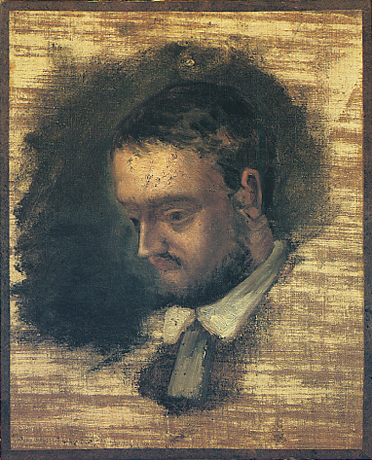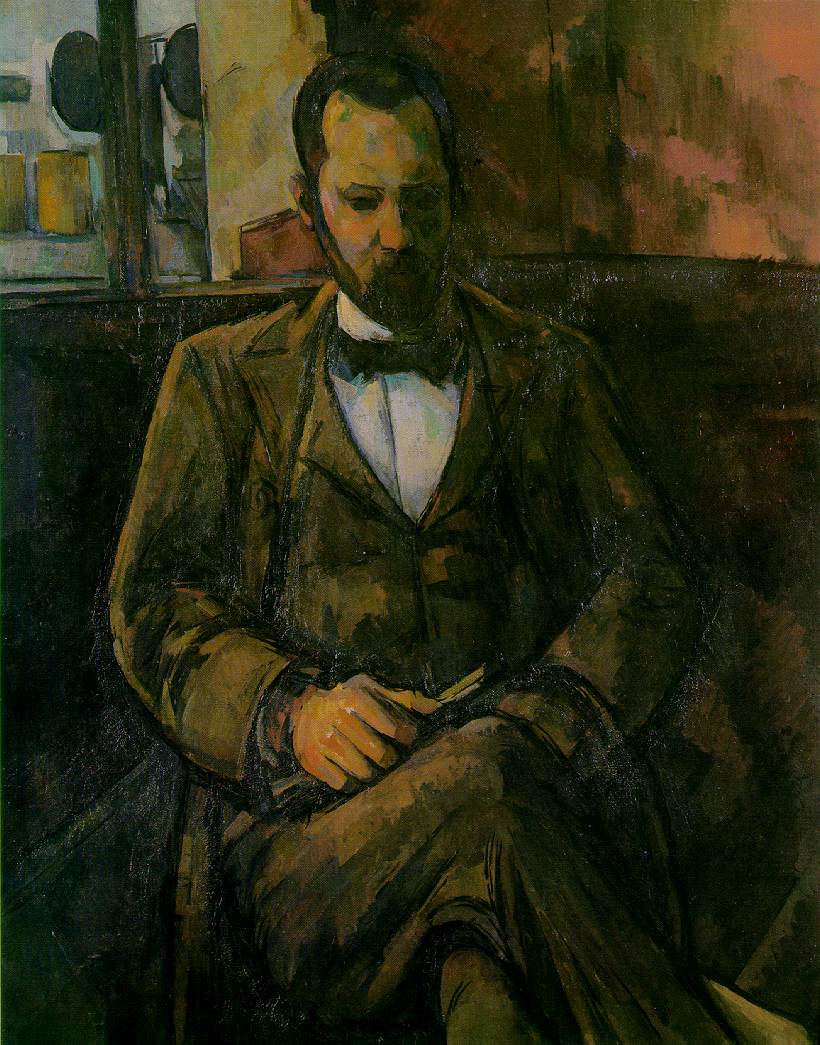Ces années...
ont été d'une beauté qui ne se reproduit pas facilement.
Cézanne and Paris was a v successful exhibit at the Senate museum which ended today. I went yday morning as soon as it opened, to avoid crowds. No photos allowed. Just as well. A Sunday driver can't compete in F1.
The highlights: learning just how close he was with Zola, such good friends, inspiring each other in their respective arts, and Zola dedicated his "MonSalon" to Cézanne; Nu féminin (Léda II) was inspired by Zola's Nana. Somehow a misunderstanding brought an end to their friendship and they never spoke again.
and Zola dedicated his "MonSalon" to Cézanne; Nu féminin (Léda II) was inspired by Zola's Nana. Somehow a misunderstanding brought an end to their friendship and they never spoke again.
 and Zola dedicated his "MonSalon" to Cézanne; Nu féminin (Léda II) was inspired by Zola's Nana. Somehow a misunderstanding brought an end to their friendship and they never spoke again.
and Zola dedicated his "MonSalon" to Cézanne; Nu féminin (Léda II) was inspired by Zola's Nana. Somehow a misunderstanding brought an end to their friendship and they never spoke again.But dialogue in art can take place in many ways.
This became mega apparent toward the end of the exhibit when I looked at the last three paintings in the last room, a touch of elegant organization on the part of the curator which impressed me a great deal.
In this last part, we're treated to a sample of dialogue among artists.
Cézanne paints a portrait of the painter Alfred Hauge.
Ambroise Vollard, a famous art dealer at the time, sees the painting and likes it. Vollard is by then already collecting works by those who would become known throughout the world, like Renoir and Maillol.
Cézanne appreciates him, they hang out. Cézanne paints him, but the portrait is never finished, even after hundreds of sittings. Vollard likes it that Cézanne says that even though he didn't finish it, he (Cézanne) is quite happy with how the front of the shirt turned out (it's exquisite; the shades of purple, blue, yellow, green, and gray he saw in white! and we see it too when looking at it.)
 |
| Cézanne, Portrait of Alfred Hauge, 1899 |
 |
| Cézanne, Portrait of Ambroise Vollard, 1899 |
After writing "painting is what is best for me", Cézanne dies of pneumonia in 1906, after being caught in a storm while working. I wonder if he ever had time to reflect on the irony of those words he wrote down, presumably in a letter to a friend.
In 1924, Monsieur Vollard, however, still lives, and he is still surrounded by art and artists.
Bonnard paints his portrait. In fact, many painters do (Renoir, Picasso). But one of Bonnard's paintings of him (there are a few) wasn't only of Vollard. Here, he includes the Portrait of Alfred Hauge (bottom left) that Cézanne painted in his own painting; he includes a Maillol sculpture on the mantelpiece; he adds a Renoir next to it, on the wall (and others I am unable to identify).
I don't know if these were in fact in Vollard's room, and I don't care. What is quite touching as well as aesthetically pleasing (and also witty and interesting! egoless and cordial, the camaraderie apparent, the admiration almost tangible) is that the exchange between Cézanne and other painters did not stop when he died. Art allows the conversation to continue. It isn't a lecture, it isn't a line drawn under numbers to be added up. It carries on, and on, forever. Or it can.























No comments:
Post a Comment